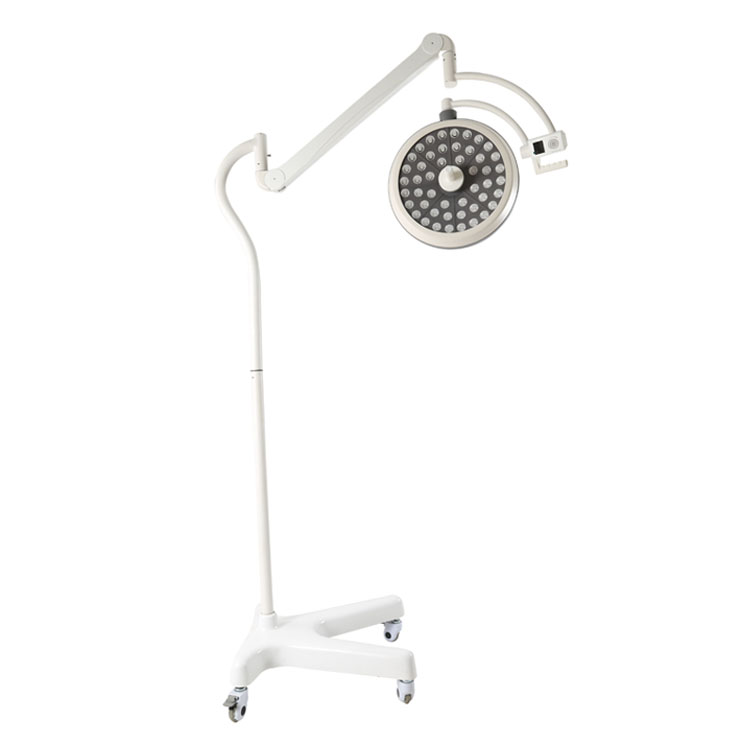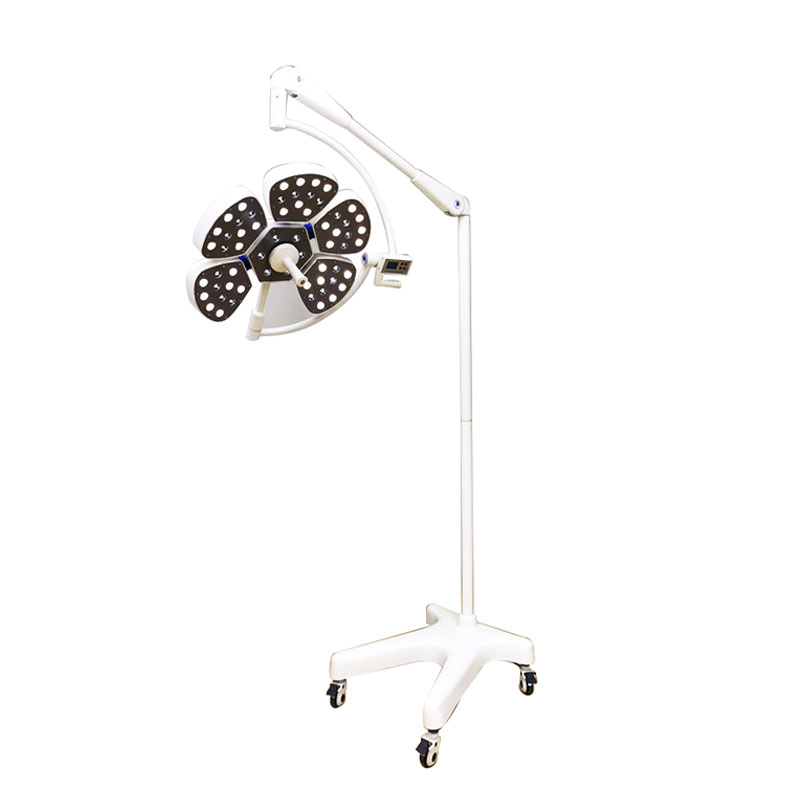The common pests and diseases in spring flowers include powdery mildew, rust, black spot, leaf lobe, and yellowing, as well as insects such as calves, aphids, scale insects, and beetles. Control methods <1> Powdery mildew: common in impatiens, cineraria, Dalbergia, Chinese rose, and drooping sea bream and other flowers, mainly occurs in the leaves, but also harm the tender stems, flowers and fruits. At the time of first onset, multiple faded lesions appeared on the leaves first, but there were no obvious edges around them, and large spots were formed after the posterior small spots. As the disease progresses, the lesions are covered with white powder, the leaves are shrivelled, the flowers suffer from damage and cannot normally bloom, and the fruit victim stops developing. The disease can occur from early spring, extended to summer, until the fall. Its prevention and control methods include: early removal of diseased leaves as early as possible to prevent spread; when the disease is severe, spray 0.2 to 0.3 degrees lime sulfur, or 1000 times 70% Thiophanate solution. <2> Rust: The flowers that are prone to develop this disease are mostly Rosaceae plants such as Begonia pedunculata, including rose and escargot. In addition, peony and carnation are also susceptible to the disease. The onset was early spring, with a spotted chlorosis on the young leaves at the beginning, followed by dense black spots on the young leaves, early yellow leaves on the young leaves, and gray-white fleece from the opposite side, from August to September. The brownish-yellow powdery material, which spreads along the wind to the cypress tree, spreads along with the rain in the early spring of the following year, and then harms the above flowers. Therefore, the disease must be sustained by the parasitic hazards of these two plants. This is called theoretically in terms of pests and diseases. "Turn to the main parasitic disease." Serious damage can cause defoliation, and lighter lesions can affect appearance and photosynthesis. The prevention and control method is as follows: try to avoid planting cypress and other parasitizing plants in the vicinity; in early spring, about mid-March, spray 400 times 20% Versicolor Spray or 50% Tuzet WP. Spray it once a month until the beginning of April. If there is little rain or drought in spring, spray it once less. <3> Foliar disease: It mainly occurs on the leaves of the Rosaceae family such as plum and peach. When the leaf is spread in the early spring and early spring, the affected leaves are deformed and swollen, and the color is red. As the leaf grows and curls toward the opposite side, the lesion gradually changes to white and a powder appears on it. Due to leaf damage, young shoots can grow normally and die. When the leaves are seriously damaged, they fall, affecting the tree potential and reducing the amount of flowers. The prevention and control methods are: early stage of disease, timely removal of diseased leaves, to reduce the spread of the disease; before germination in early spring, spraying 3 degrees to 5 degrees lime sulfur agent, eliminate the source of overwintering inside and outside the shoot scales and diseased shoots. If we can do this for two or three consecutive years, we can prevent and treat this disease more thoroughly. For seriously ill potted plants, fertilization should be increased and management must be strengthened so as to restore the tree vigor. <4> Locust: Also known as honey insects. A variety of potted flowers are harmed by locusts, such as peaches, Chinese rose, plum, plum, and cherry blossoms. Most of the locusts gather on the opposite side of the leaves and feed on leaf liquids. Because of its rapid propagation, as the temperature in the early spring rises, the victim leaves cannot grow leaves normally, and the shoots cannot grow. In severe cases, the leaves will fall off and affect flowering. At high temperatures in summer, some locusts fly to other plants, such as vegetables, until they fly back to the tree for winter. Its prevention methods include spraying 1000 times of 40% dimethoate emulsion before germinating and spreading leaves to kill the newly hatched pupae, or spraying pesticides to protect ladybugs and other natural enemies, so that they can eliminate aphids. , Until the imbalance due to the population, natural enemies can not control the locust, then consider the medication. When this method is used, it is still necessary to cooperate with the manual method of assisting the captain in killing aphids. <5> scale insects: As many species of scale insects, harm the flowers and trees, the most pests. Tortoiseshell turtle, white lipid, round. Mulberry white, white, pointed. Oysters, dark brown, male long, female round. Armor is dark, dark brown, round and resembles armor. Plants that are vulnerable to scale insects include camellia, pomegranate, oleander, azalea, hibiscus, cherry blossom, plum, peach, jellyfish, Chinese rose and so on. Larvae suck sap on the leaves first and make the leaves chlorogenic. When they reach adults, they suck more juice on the branches and seriously weaken the tree vigor and affect flowering. The prevention and control methods are: hand-to-die or scrape off the pests on the leaves and stems with a knife, and spray 1000 times 40% dimethoate emulsion 1 to 2 times in a larval period, which is separated by 7 days to 10 days. <6> Starscream: Aphids. The body is small and hardly distinguishable by the naked eye. Mostly converging, and breeding speed is extremely fast. Many plants are vulnerable to damage, such as rose, rose, flower peach, cherry blossom, azalea and so on. Insects were born on the back of the leaves and sucked juice. At the beginning, the leaves became chlorotic, eventually causing the leaves to fall off and the shoots to die. In severe cases, young trees grow weak and even die. Its prevention and control methods include spraying 1,000 times 40% Leko emulsion or 1,000 times to 1500 times 40% trichlorogalacturon emulsion at the initial stage of spraying. In summer, when the temperature is high, the worm breeds quickly and often, and it is difficult to control it. It is necessary to spray pesticides as early as possible, and it should be used 3 to 4 times in a row. During this time, it should be separated by 7 days. Do not use pesticides in a single use to avoid drug resistance. <7> Nematodes: Nematodes harm the roots of plants and cause abnormal plant growth. The damaged plants include orchids, carnations, narcissus and peony. When pests are light, they are often not noticeable. When the pests are serious, the plants grow poorly and their flowering is not prosperous. Due to the large number of nematodes in the soil, the insects are young and almost invisible to the naked eye. Therefore, only prevention is the main method. 20 to 30 3% furan granules per kilogram of planting soil can be added, and they can be slowly released through soil dissolution. To eliminate nematodes. <8> Caterpillar: Caterpillars and naval caterpillars. The food is very miscellaneous and it almost harms all plants. It is fulminating. To prevent and control early. The method of artificial capture can be mainly used, if necessary, spray with 1000 times 40% dimethoate emulsion. <9> wood capsule moth: larvae in the branches foraging, peach, plum, cherry common, serious can make 2 years to 3 years old branch off, affecting tree pose. The prevention and control method is: usually pay attention to observation, when the branches have sacral holes, and excrete small granular excrement from the sacral hole, the iron wire can be used to excavate the wormhole from the boring hole, or cut the branches to kill the insects. The insect is reddish-brown, with hair on every part of the head and body, which is obviously different from the milky white of the bee. This method is also used to control Tianniu. It is also possible to use 150 times 80% of the emulsion of dichlorvos, use a syringe to inject the insect excrement into the excrement, and then plug the insect path with wet mud to kill the insects. <10> Chafers or beetles: Leaves or flowers of omnivorous insects. Roses are vulnerable. Manual capture is the main control method. <11> Underground pests: Aphid, the beetle larvae, white. Tigers, green and black. In the soil to feed on the roots or roots of plants for a living, often cause plants to die. The prevention and control method is to excavate in time from the entrance to the soil.
Germany imported beads
Imported French lens
mould Die-casting Eight edge type Revolving arm
Optional emergency power supply≥3 hours
The main features:
1)Ideal cold light effects
Using the new LED cold light source, ensure energy saving and environmental protection and long service life up to 80,000hours and more.
The temperature increase of surgeon`s head below 1℃. LED do not engender infrared ray and ultraviolet radiation, without the temperature
rise and tissue damage caused by halogen shadowless light, also it can accelerate the wound healing after surgery, and without Radiation pollution.
With color temperature constant and soft, LED is very close to the sunshine.
1) Excellent shadowless effect
Lamp with the most scientific radian and Multi point light source design, ensure better uniform illuminance. When the lamps are partially occluded,
also can achieve perfect shadowless effect.Lamp panel radius of gyration ≥182cm, the lamp can be pulled to vertical floor, convenient to any angle illumination.
2) Excellent deep lighting
It is based on modularize method by Computer Aided Design, focused to irradiating with more beams of LED. It produces the deep lighting which beams
more than 1200cm,the illumination of center up to 180,000Lux or more, and offer the color temperature that can be adjusted from 3700K to 5000K which
is close to sunshine. Absolutely, it really reflects the color of human tissue and satisfied by all kinds of operating light needs.
3) Advanced control system
The use of liquid crystal display button control, to meet the needs of the medical staff of different patients with the brightness of the operation.
It offers illuminance memory function.
It does not effect using when a single circuit or one bulb is broken.
4) Universal suspension system
Rotating arm, a new type of alloy material is made of eight edge type.
Balanced system using imported arm module, more than 5 group universal joints, every cantilever must has more than 3 joints which can be rotated in 360°,
The structure is light, easy to manipulate, accurate positioning, can provide the maximum range of regulation.The equipped with fatigue correcting unit and
fix position hand handle device, easy to fix position after long time use.
5) Modern laminar lamp
The thickest part of lamp-chimney is not more than 10cm.
The lamp-chimney is made of ABS, The handle on the central of lamp can be detachable, can take high temperature (≤ 134°C) sterilization treatment,
easily adjust, flexible fixed.
Mobile Type Operating Light,LED Examination Light,Mobile Operation LED Light,Mobile Stand Operating Light Shandong Kang'erjian Medical Technology Ltd. , https://www.operatingtable.nl
